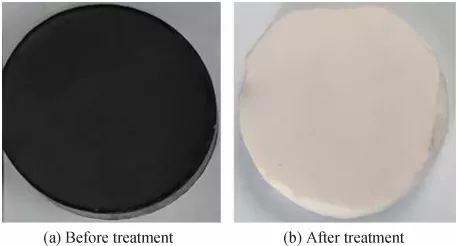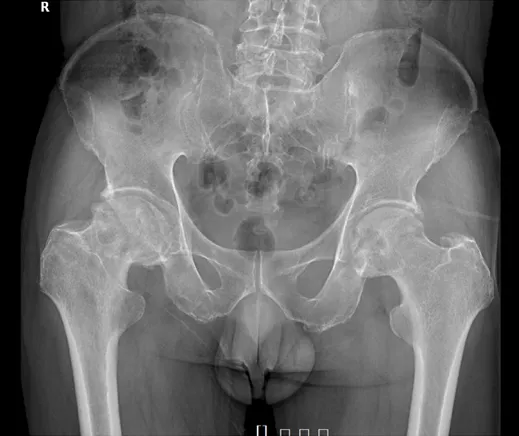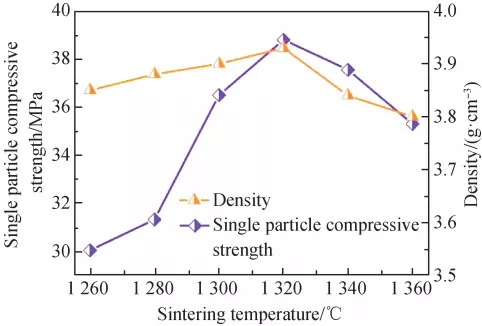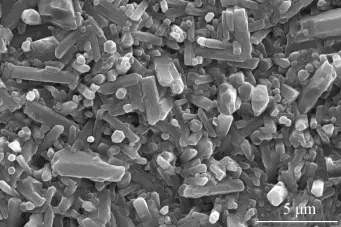Abstract: Traditional ceramic processing technology has high cost, long cycle and many defects, which makes it difficult to produce high-performance ceramics. The refractive index ( n = 2. 1) of pure Si3N4 powder is quite different from that of resin (n = 1. 49), and the light scattering is serious, which leads to the lower curing depth of the ceramic paste. It is difficult to directly use stereolithography technology to form Si3N4 ceramic parts. In order to solve the problem that Si3N4 powder is difficult to be cured, two methods of surface coating and surface oxidation were used to modify Si3N4 powder, and the influence of the two methods on the light curing characteristics of Si3N4 powder was compared. The results show that the organic monomer uniformly attaches to the surface of Si3N4 powder after a certain reaction time; after being oxidized at 800 ℃ for 4 h, amorphous SiO2 layer is formed on the surface of Si3N4 powder, which is uniformly attached to the surface of Si3N4 powder. The curing depth of original Si3N4 powder is merely 20 μm, and the curing depth of Si3N4 powder after coating modification and oxidation modification increase to 40 μm and 50 μm, respectively. Both methods effectively improve the curing depth of original Si3N4 powder.
Key words: digital light processing; silicon nitride; surface modification; coating; surface oxidation; curing depth
Declaration: This article is provided by CERADIR™ users or obtained from Internet, the content does not represent the position of CERADIR™. We are not responsible for the authenticity/accuracy of the article, especially the effects of the products concerned. This article is for study only, it does not constitute any investment or application advice. For reprinting, please contact the original author. If it involves the copyright and/or other issues, please contact us and we will deal with it asap! CERADIR™ has the interpretation of this declaration.







